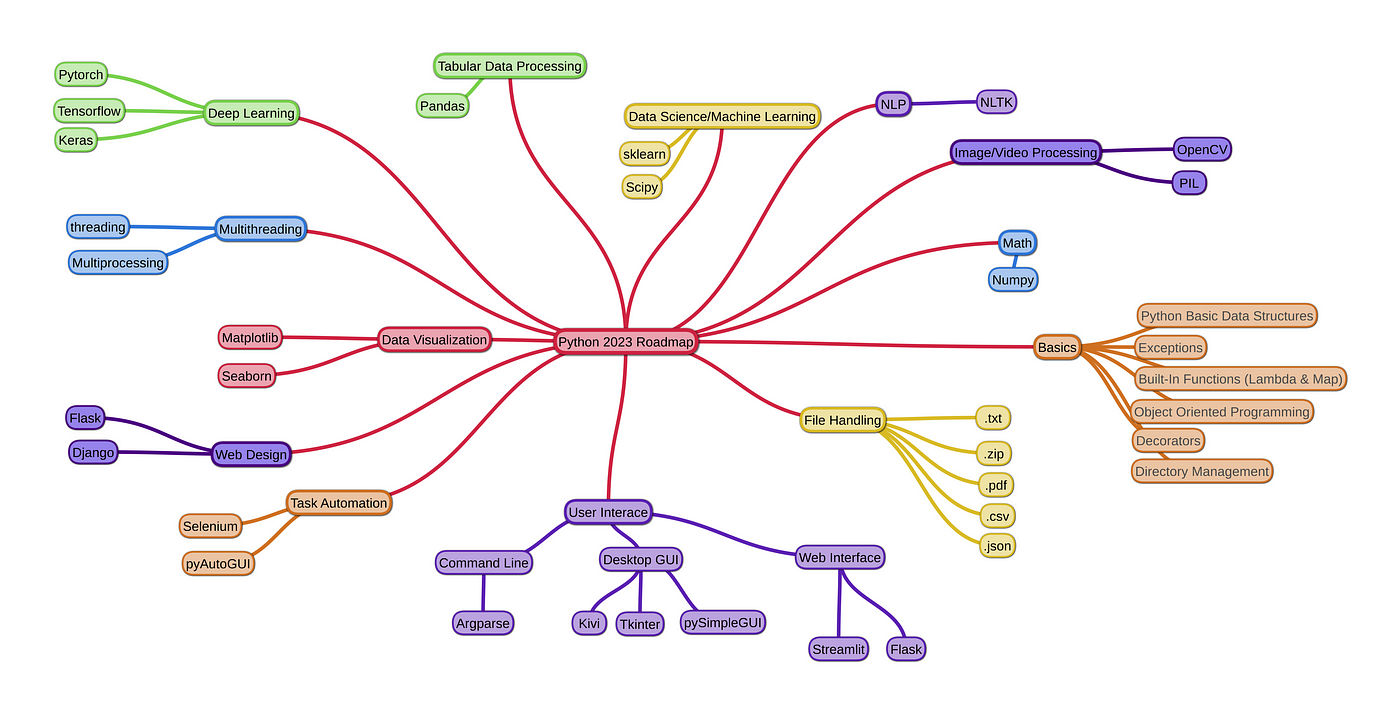Machine Learning By Using Python
Introduction to System Learning
Machine mastering, a subset of artificial intelligence, empowers computers to research and make predictions or decisions without specific programming. With its simplicity and tremendous libraries, Python has become the go-to language for machine-getting-to-know development.
Key Python Libraries for machine mastering
To successfully enforce device studying models, Python offers a wealthy surrounding of libraries:
Core Libraries
• NumPy: affords help for massive, multi-dimensional arrays and matrices, crucial for numerical computations.
• Pandas: gives statistics structures and functions for facts manipulation and evaluation.
• Matplotlib and Seaborn: Used for facts visualization, assisting apprehend styles and trends.
• Scikit-research: a versatile machine mastering library with algorithms for classification, regression, clustering, and more.

Machine studying Libraries
• Scikit-study: a versatile library for class, regression, clustering, and model selection.
• TensorFlow and Keras: effective frameworks for deep studying, handling complicated patterns and huge datasets.
Machine study Workflow with the use of Python
The everyday gadget gaining knowledge of workflow entails numerous key tiers:
records series and Preprocessing
• Data Gathering: gather relevant data from diverse assets.
• Data cleaning: manage missing values, outliers, and inconsistencies.
• data Transformation: Convert information into a suitable format for modeling.
• Feature Engineering: Create new features or remodel present ones to improve version performance.

Model Selection and Training
- Algorithm Choice: Select appropriate algorithms based on the problem type (classification, regression, clustering, etc.).
- Model Training: Feed the preprocessed data to the chosen algorithm to learn patterns.
- Hyperparameter Tuning: Optimize model performance by adjusting hyperparameters.
Model Evaluation and Deployment
• Model Assessment: examine the version’s overall performance using metrics like accuracy, precision, recollect, and F1-score.
• Model Deployment: integrate the trained model into packages or structures for actual-international use.
Beyond these core concepts, machine learning encompasses a vast array of techniques and applications. Specific areas of interest include:
- Natural Language Processing (NLP): Processing and understanding human language.
- Computer Vision: Analyzing and understanding visual content.
- Reinforcement Learning: Training agents to make decisions through trial and error.
via studying Python and its device getting to know libraries, you may embark on a adventure of constructing smart systems that resolve complicated problems and force innovation

